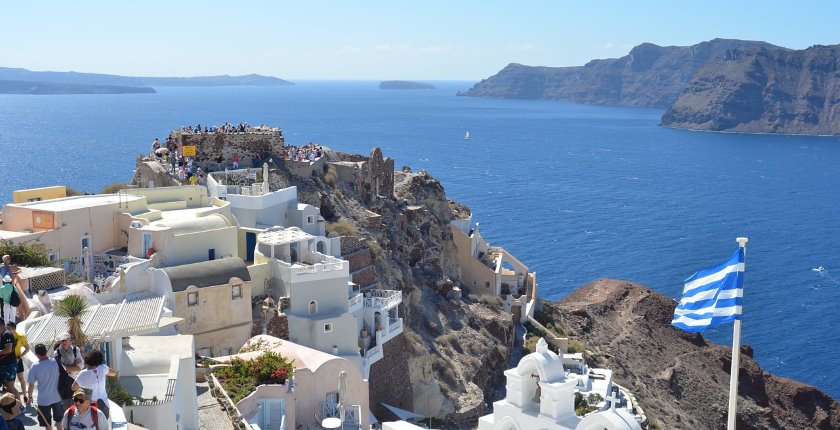
Whatthefalk6 from Pixabay
Distribution system operator HEDNO can’t even connect household rooftop solar power systems anymore in some parts of Greece as network capacity reached its limits. The mid-voltage network will benefit from the National Recovery and Resilience Plan and the company still offers solutions for some cases, but the freeze is hampering the energy transition.
While state-owned Hellenic Electricity Distribution Network Operator (HEDNO) is waiting for offers on September 4 for a 49% stake in the business after long delays, developers of small solar power projects are stuck as their applications for the connection to the mid-voltage grid.
EnergyPress reported, referring to company documents, the network is completely overburdened in many parts of the country. Furthermore, despite a significant increase in the capacity for processing investor requests (mainly for photovoltaic units and energy communities or cooperatives), the response time remains very long.
Big solar has more access
HEDNO, also known for its Greek acronym DEDDIE, revealed it is rejecting all the requests in two fifths of the country’s regions including Western Macedonia. It is one of the country’s two coal power hubs, where the remaining thermal power plants are shutting down soon with the idea to replace them with renewables.
Small solar power plants are connected to the mid-voltage grid. Big projects are under the responsibility of the Independent Power Transmission Operator (IPTO or ADMIE). The entity manages the high-voltage part of the system.
In the rest of the country, nine out of ten applications for small photovoltaics get rejected, the article adds, so the potential for more investments is bleak at the moment. In some areas, there is no room even for rooftop solar power plants.
Household photovoltaics were cut out of energy efficiency scheme
The government has excluded solar power plants from the massive new round of its program for energy renovation of buildings, which appears to be related to the grid overburden, the news outlet added. The scheme will be worth EUR 1 billion, of which almost two thirds should come from the National Recovery and Resilience Plan Greece 2.0.
In the meantime, HEDNO is reportedly covering the connection costs on a temporary basis for some clusters of small solar power units and bundling their applications, according to the article. IPTO has also started to allow photovoltaic unit operators to connect directly to the high-voltage grid, avoiding the clotted electricity distribution network.
In the recovery plan, Greece earmarked EUR 100 million for HEDNO to install cables underground and another EUR 200 million in loans for 7.5 million smart meters, but there is a possibility that the sum is increased before the end of the negotiations with the European Union.


















Be the first one to comment on this article.